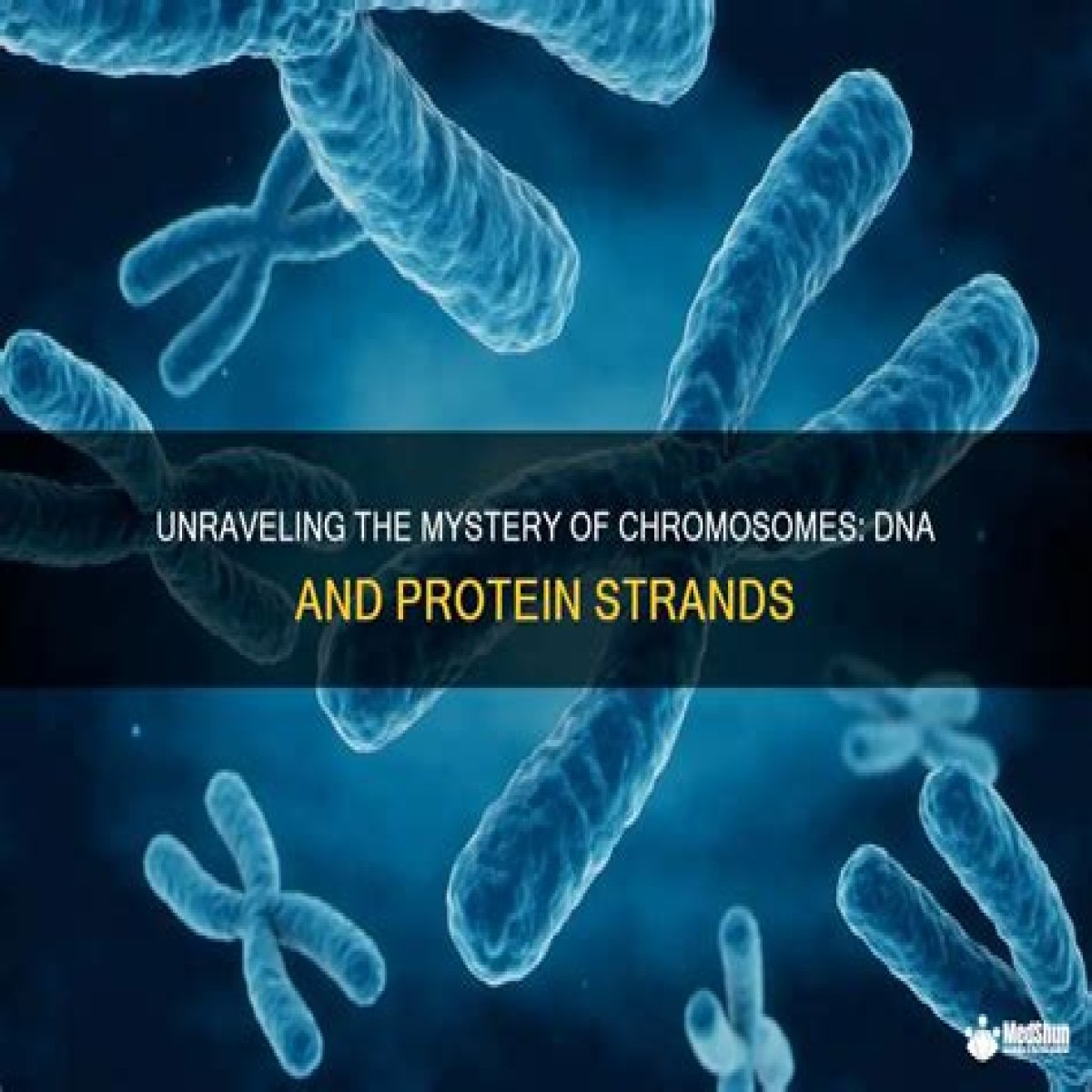DNA, or deoxyribonucleic acid, is the blueprint of life, encoding the genetic instructions used in the growth, development, and functioning of all living organisms. Understanding its structure is essential for comprehending how life operates at a molecular level. One of the most fascinating aspects of DNA is its double-helix structure, where two strands intertwine to form the iconic shape that we commonly associate with genetics. But what are the two strands of DNA held together by? This question opens the door to a deeper understanding of molecular biology and genetics.
As we delve into the world of DNA, we discover that the two strands are not merely held together by chance or physical proximity. Instead, they are bound by specific chemical interactions that ensure stability and fidelity during processes such as replication and transcription. These interactions are crucial for the integrity of genetic information, allowing cells to function correctly and pass on traits to future generations. Understanding these interactions sheds light on the fundamental processes of life.
In this article, we will explore the essential components that hold the two strands of DNA together, examining the roles of hydrogen bonds, base pairing, and the overall structure of the DNA molecule. By answering the question of what are the two strands of DNA held together by, we will gain insights into the intricate design of life itself.
What Are the Components of DNA?
Before we dive into the specifics of what holds the strands together, it's essential to understand the basic components of DNA. Each strand of DNA is made up of nucleotides, which are the building blocks of the molecule. A nucleotide consists of three parts:
- Phosphate Group: This part of the nucleotide is responsible for linking the nucleotides together, forming a backbone for the DNA strand.
- Sugar Molecule: In DNA, the sugar is deoxyribose. It plays a crucial role in the structure and stability of the DNA molecule.
- Nitrogenous Base: There are four types of nitrogenous bases in DNA: adenine (A), thymine (T), cytosine (C), and guanine (G). These bases are fundamental in forming the genetic code.
How Do the Strands of DNA Pair Together?
The two strands of DNA are complementary, meaning that the bases on one strand pair with specific bases on the other strand. This pairing is governed by base pairing rules:
- Adenine (A) pairs with Thymine (T): This pairing is achieved through two hydrogen bonds.
- Cytosine (C) pairs with Guanine (G): This pairing involves three hydrogen bonds, making it slightly stronger than the A-T pairing.
This specificity in base pairing is crucial for the accurate replication of DNA and the transmission of genetic information.
What Are Hydrogen Bonds and Their Role in DNA?
Hydrogen bonds are weak chemical interactions that occur between the nitrogenous bases of the two DNA strands. These bonds are essential for holding the two strands together, providing the stability needed for the DNA molecule to maintain its double-helix structure. While individual hydrogen bonds are relatively weak, the sheer number of them in a DNA molecule contributes to its overall strength and stability. This balance allows the DNA strands to separate easily during replication while remaining tightly bonded under normal conditions.
What Is the Structure of the DNA Double Helix?
The double-helix structure of DNA was famously described by James Watson and Francis Crick in 1953. This structure is characterized by:
- Two Antiparallel Strands: The two strands run in opposite directions, which is essential for replication and the binding of proteins.
- Major and Minor Grooves: The twist of the helix creates grooves that provide binding sites for proteins and enzymes.
- Stability from Base Pairing: The hydrogen bonds formed between complementary bases help to stabilize the helical structure.
Why Is DNA Stability Important?
The stability of DNA is crucial for several reasons:
- Genetic Fidelity: Stable DNA allows for accurate replication, ensuring that genetic information is transmitted without error.
- Cell Function: DNA stability is essential for proper cellular function, as it affects the expression of genes and the synthesis of proteins.
- Evolution: Stability allows for mutations to occur, which can be beneficial for evolution.
What Happens When DNA Is Damaged?
DNA can be damaged by various factors, including environmental factors, radiation, and chemical exposure. Damage can lead to mutations, which may disrupt normal cellular function and contribute to diseases such as cancer. Cells have mechanisms to repair DNA, but these systems can fail, leading to severe consequences. Understanding what are the two strands of DNA held together by helps us appreciate the importance of DNA integrity and the potential risks associated with its damage.
Conclusion: The Intricate Design of DNA
In conclusion, the two strands of DNA are held together by a complex interplay of chemical forces, primarily hydrogen bonds formed between complementary nitrogenous bases. This intricate design not only provides stability to the DNA molecule but also allows for the precise replication and expression of genetic information. By understanding what are the two strands of DNA held together by, we gain insight into the fundamental processes of life and the importance of DNA integrity in the continuity of life on Earth.
As we continue to explore the world of genetics and molecular biology, the knowledge gained from studying the structure and function of DNA will undoubtedly lead to advancements in medicine, biotechnology, and our understanding of life itself.
Unveiling The Enigmatic Anthony Starr Age: A Journey Through TimeUnveiling The Mystery: Oluebube Real AgeRemembering Aubreigh Wyatt: What Day Did She Pass Away?
The two strands of DNA are held together by bonds of(a) Nitrogen(b
PPT DNA STRUCTURE PowerPoint Presentation, free download ID458155
Solved The Two Strands Of The DNA Molecule Are Held Toget...
